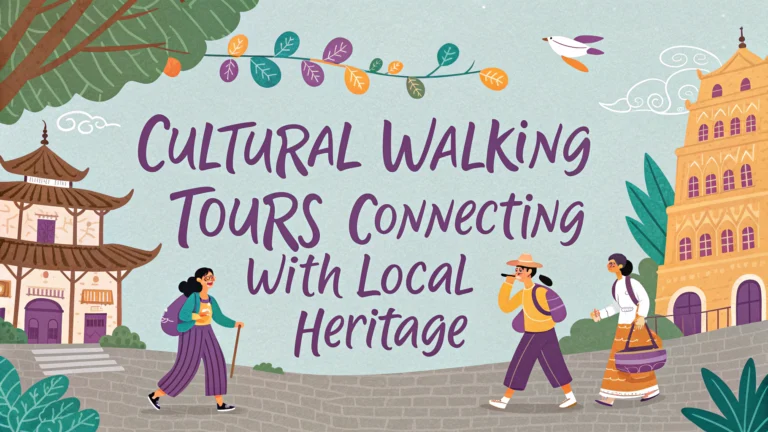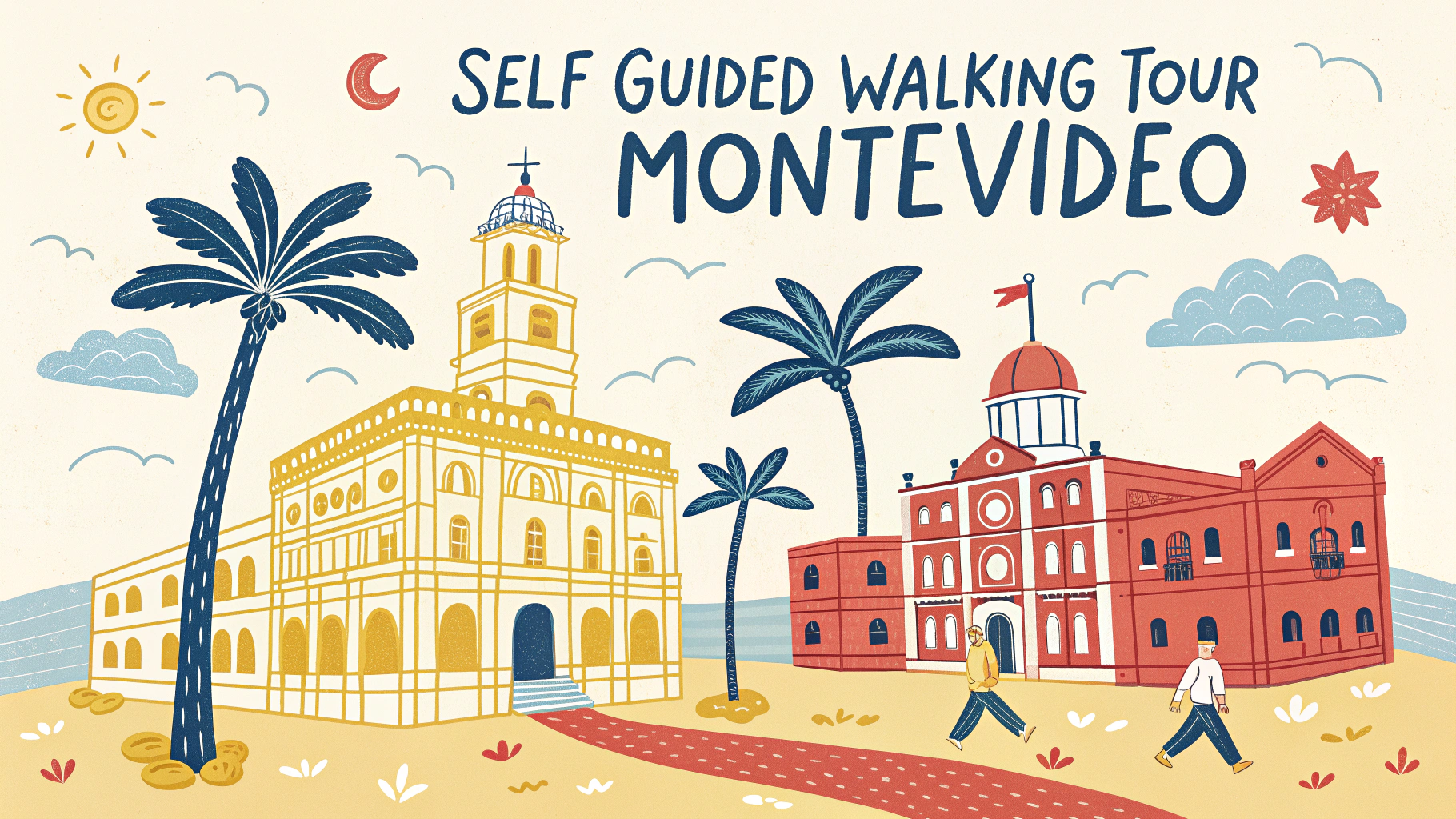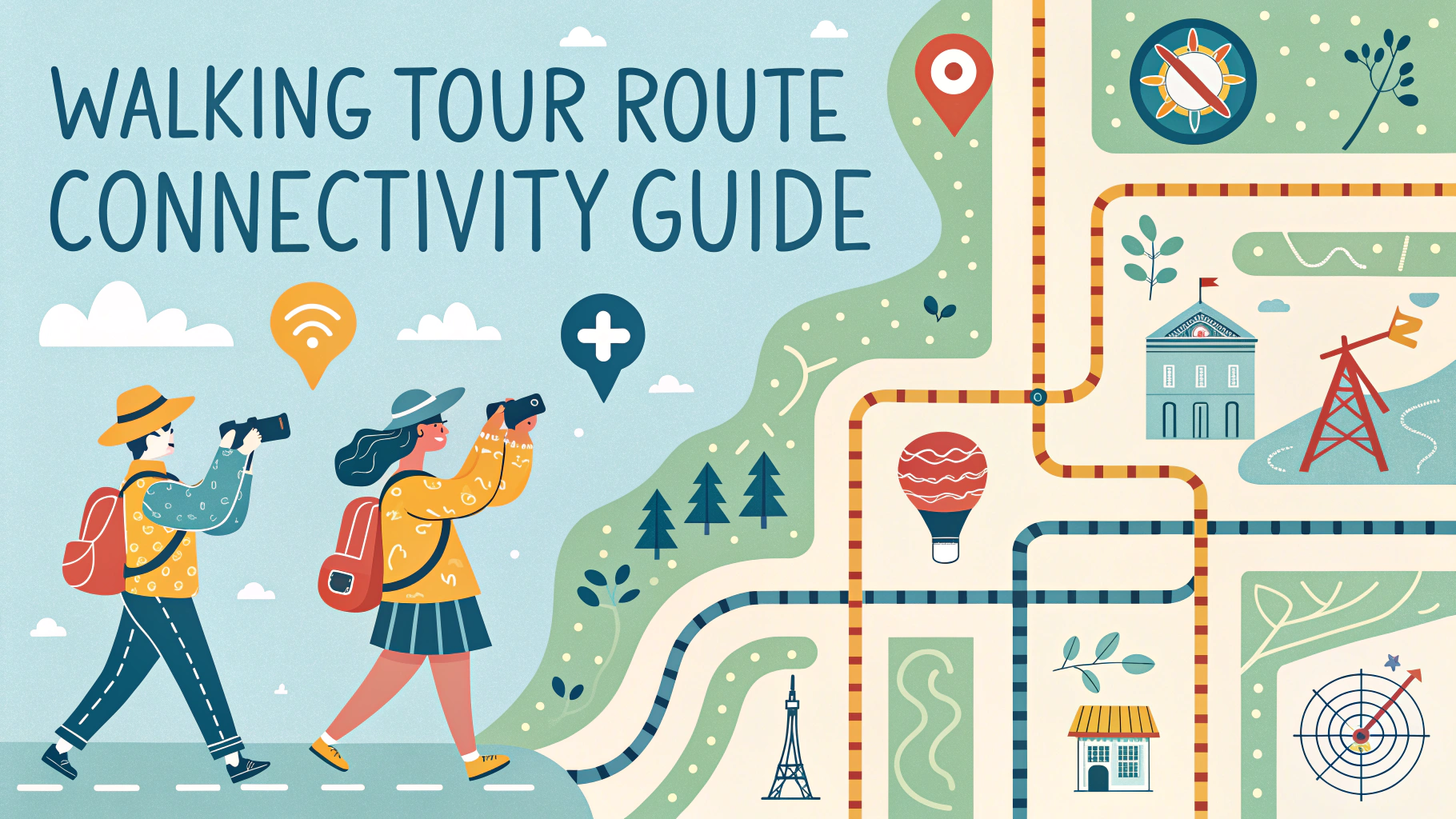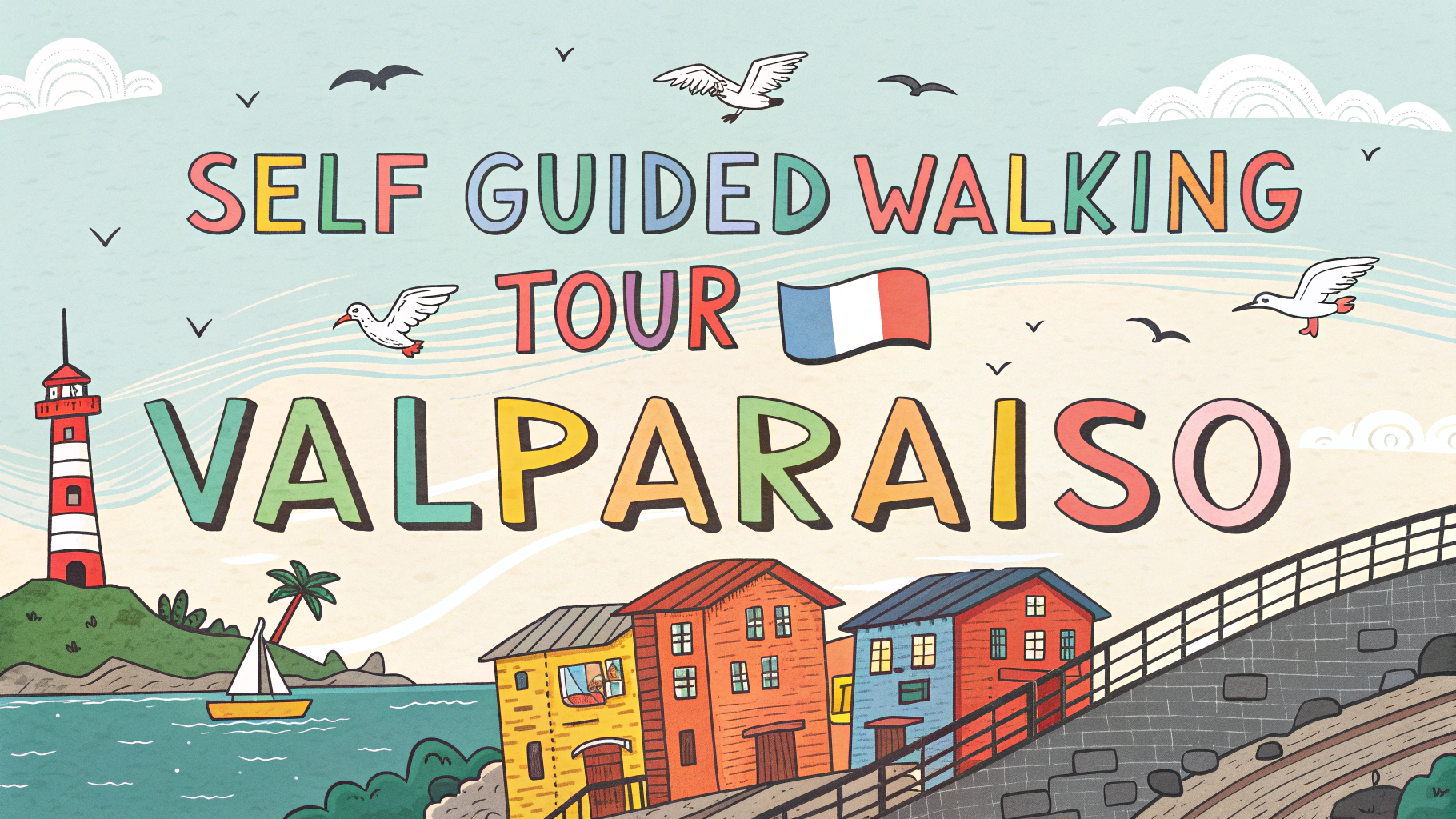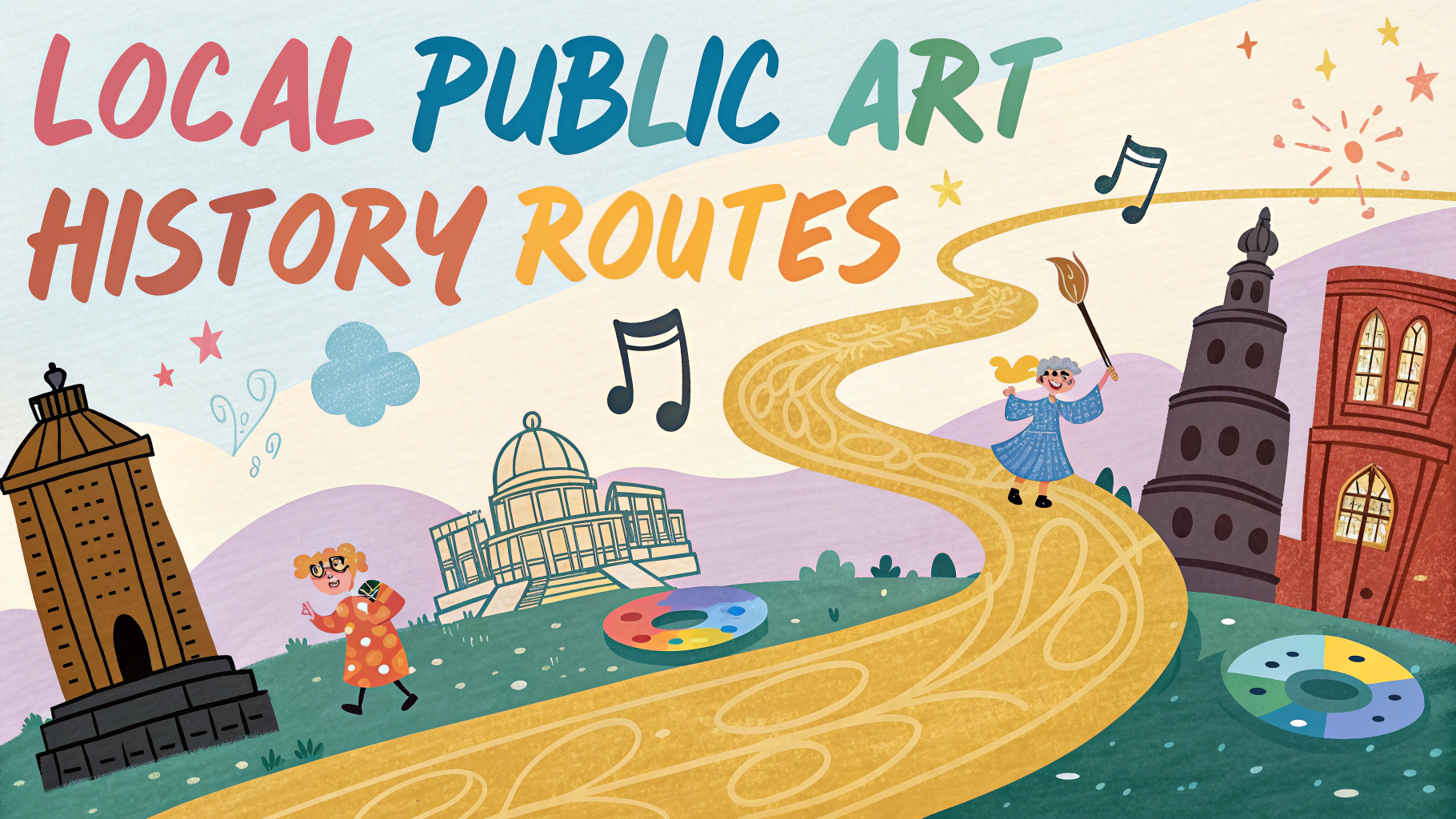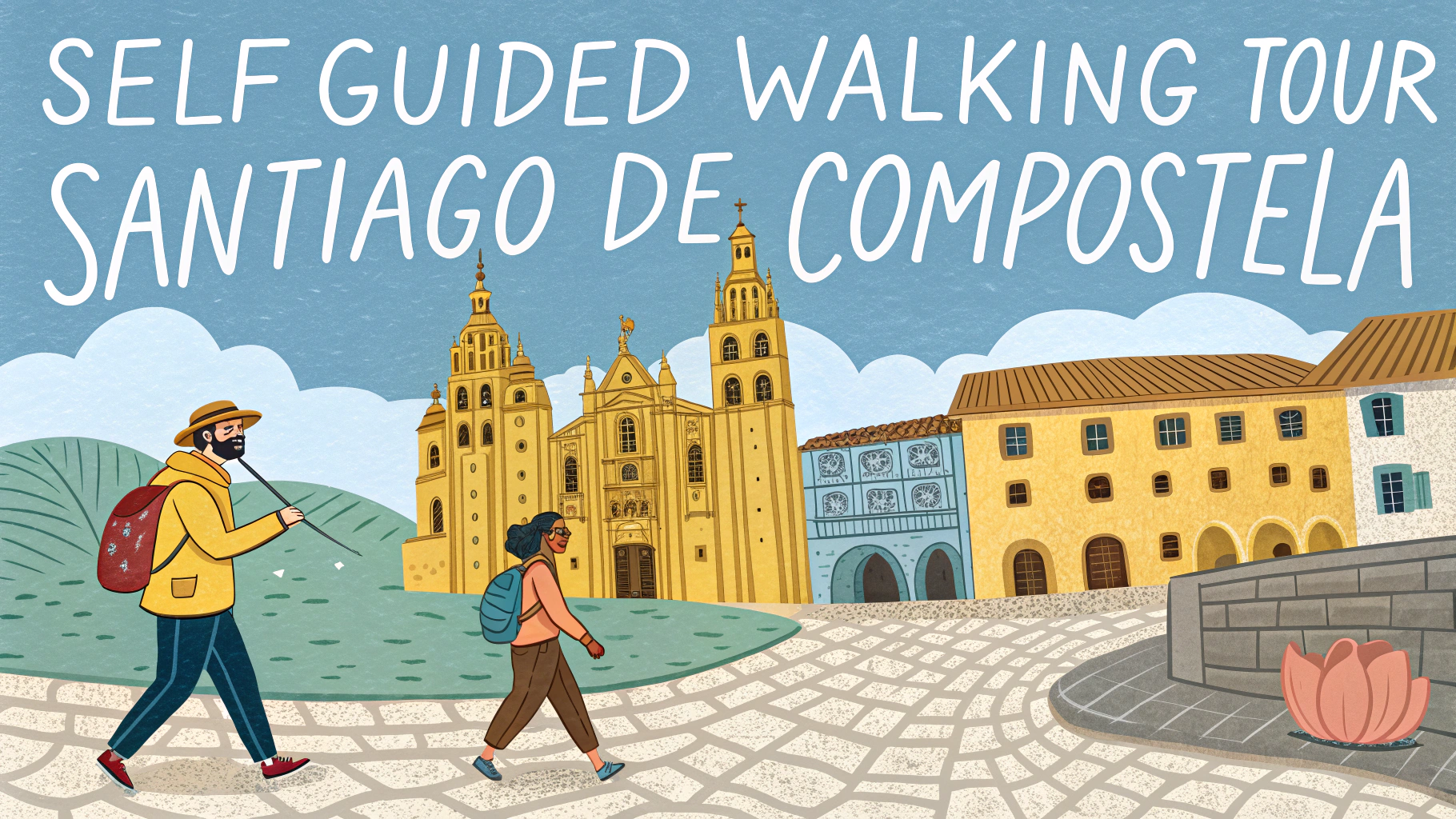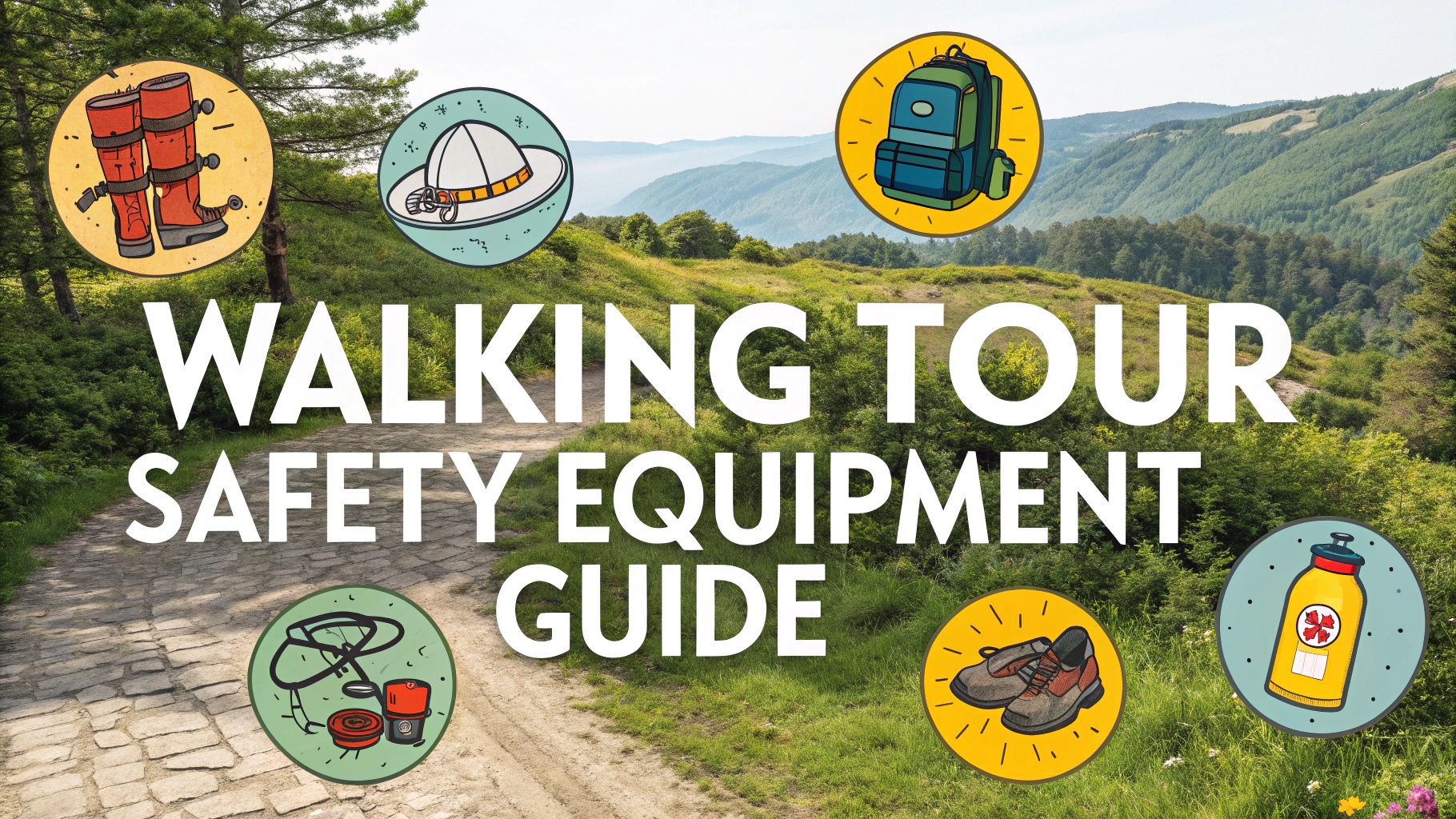Cultural walking tours offer an authentic way to explore local heritage while connecting deeply with a destination’s history, traditions, and daily life.
Self-guided walking tours provide flexibility to explore at your own pace, often using digital guides or printed maps to navigate through historically significant neighborhoods, architectural landmarks, and cultural hotspots.
Planning Your Cultural Walking Tour
- Download offline maps before starting
- Research opening hours of cultural sites
- Check weather forecasts
- Wear comfortable walking shoes
- Bring water and snacks
- Carry a portable charger
Best Apps for Self-Guided Tours
| App Name | Features | Price |
|---|---|---|
| GPSmyCity | Offline maps, 1000+ cities | Free download, paid routes |
| VoiceMap | Audio guides, GPS-triggered | Per tour pricing |
| Rick Steves Audio Europe | Expert commentary, European focus | Free |
Making the Most of Your Walk
Start early morning to avoid crowds and harsh midday sun.
Take photos of informational plaques for later reference.
Stop at local cafes or markets to experience authentic food culture.
Interact with shopkeepers and residents when appropriate.
Safety Tips
- Share your route with someone
- Stay aware of your surroundings
- Keep valuables secure
- Know local emergency numbers
- Stick to well-lit, populated areas
Documentation Ideas
- Create a photo journal
- Record ambient sounds
- Collect local recipes
- Sketch architectural details
- Write down interesting historical facts
Finding Local Walking Tours
Check these resources for curated walking routes:
- Tourist information centers
- Local libraries
- Historical societies
- Museum websites
- Cultural preservation groups
Consider joining walking groups on social platforms like Meetup or Facebook to connect with fellow cultural enthusiasts.
Contact local tourism boards for specialized routes and seasonal events that highlight cultural heritage.
Recommended Equipment
- Comfortable walking shoes
- Small backpack or day bag
- Water bottle
- Portable charger
- Weather-appropriate clothing
- Camera or smartphone
- Notebook and pen
Cultural Etiquette
- Research local customs before visiting
- Dress appropriately for religious sites
- Ask permission before photographing people
- Learn basic local greetings
- Respect quiet zones and sacred spaces
Seasonal Considerations
Spring and Summer
- Start early to avoid heat
- Pack sun protection
- Plan indoor breaks during peak temperatures
- Look for seasonal festivals and events
Fall and Winter
- Check indoor alternatives for poor weather
- Layer clothing appropriately
- Consider shorter routes
- Research seasonal operating hours
Enhanced Learning Opportunities
- Download relevant podcasts
- Read historical novels about the area
- Follow local historians on social media
- Visit related museums before walking
Post-Tour Activities
- Organize photos by location
- Create digital maps of your route
- Share experiences on travel forums
- Write reviews to help future visitors
- Connect with local contacts made during tour
Conclusion
Cultural walking tours provide an immersive way to experience local heritage while creating meaningful connections with destinations. Through careful planning, proper preparation, and respectful engagement, these tours offer unique insights into community life and history.
Whether self-guided or organized, walking tours remain one of the most authentic ways to explore and understand cultural heritage while supporting sustainable tourism practices.
FAQs
- How long does a typical cultural walking tour take to complete?
Most self-guided cultural walking tours take between 2-4 hours to complete, depending on walking pace and time spent at each stop. - What should I bring on a cultural walking tour?
Comfortable walking shoes, water bottle, weather-appropriate clothing, a camera, local map or mobile device with downloaded tour information, and some cash for local purchases or admission fees. - Are cultural walking tours accessible for people with mobility issues?
While many walking tours follow accessible routes, some historic areas may have cobblestones, steps, or uneven surfaces. Check the tour description for accessibility information before starting. - How can I get the most authentic local experience during a cultural walking tour?
Visit during off-peak hours, interact with local shopkeepers and residents, try regional foods, and take time to observe daily life in the neighborhoods you’re exploring. - Should I book guided tours in advance or are self-guided options better?
Self-guided tours offer flexibility and can be done at your own pace, while guided tours provide expert knowledge and structured experiences. Both have their merits depending on your preferences. - What’s the best time of day to do a cultural walking tour?
Early morning or late afternoon are ideal times, as temperatures are cooler and crowds are smaller. Many historic sites and local businesses are also open during these hours. - How can I ensure I’m being respectful of local customs during my tour?
Research local customs beforehand, dress appropriately for religious sites, ask permission before taking photos of people, and keep noise levels down in residential areas. - What should I do if I get lost during a self-guided walking tour?
Keep a physical map as backup, download offline maps, note major landmarks, and have the contact information of your accommodation. Most locals are willing to provide directions. - Are cultural walking tours safe for solo travelers?
Most cultural walking tours in tourist areas are safe for solo travelers, but it’s advisable to stick to well-populated areas, stay aware of your surroundings, and avoid walking alone after dark. - How can I learn about the historical significance of sites without a guide?
Use reputable audio guides, download cultural heritage apps, read historical plaques, visit local museums first, and bring guidebooks or printed materials about the area’s history.
